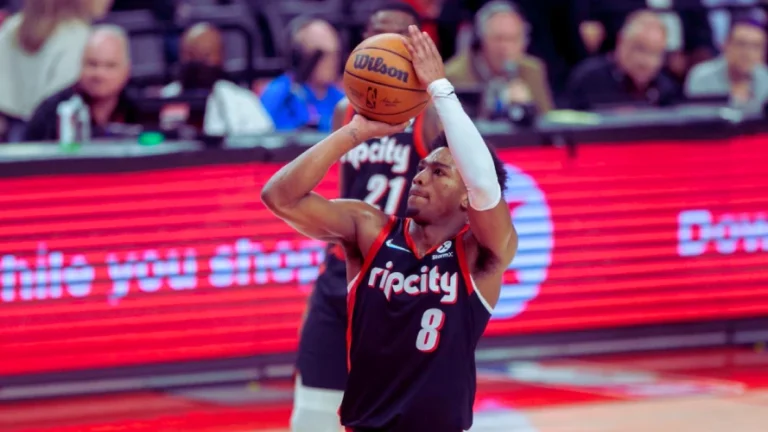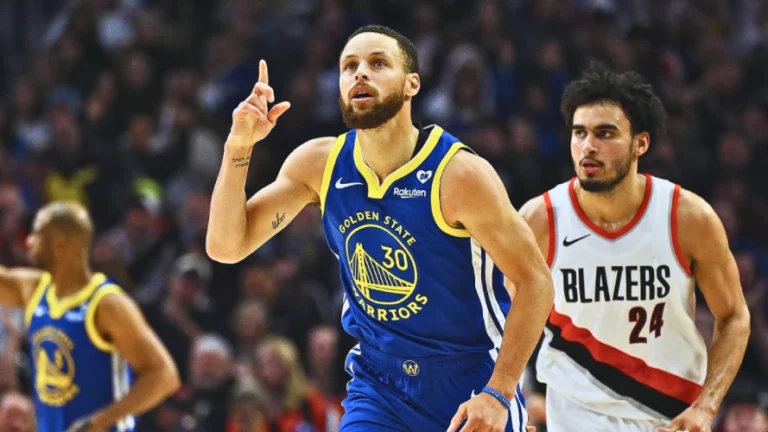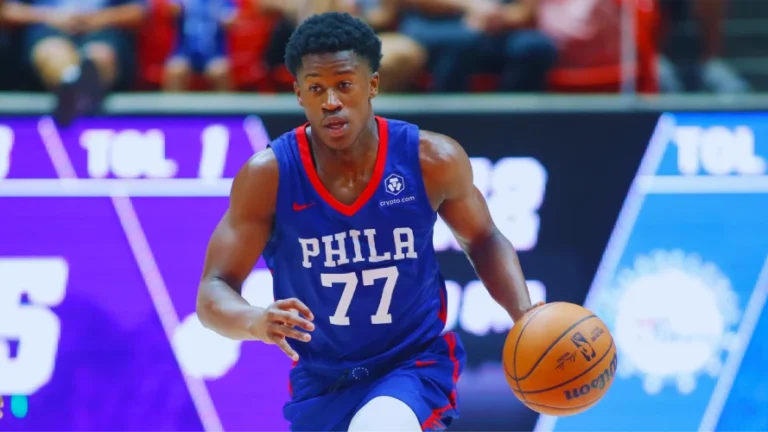Boston Celtics forward Jayson Tatum is defying every expectation placed before him. Only months ago, the basketball world watched as he went down in pain during the Eastern Conference semifinals, his Achilles tendon torn, his season over, and possibly his next one too. But now, just four months after surgery, Tatum is back on the court shooting, running, and proving that his recovery is far ahead of schedule.
According to Bleacher Report’s Jake Fischer, there is growing belief that Tatum could make a return before the end of the 2025–26 season. For a player who was once ruled out for a full year, this news feels almost unreal. Achilles tears have ended careers and sidelined even the best athletes for long stretches. For Tatum to even be in light workouts already is a sign of extraordinary progress and discipline.
A Recovery Few Thought Possible
Tatum underwent surgery in May to repair the injury that he suffered during the playoffs. Medical experts initially projected a twelve-month recovery period, but Tatum has consistently been ahead of schedule. In late September, he was seen back in the gym working on his shot and doing light conditioning. That alone sparked a wave of optimism among fans and teammates.
When asked about his status on ESPN’s First Take, Tatum chose his words carefully but confidently. “I haven’t said I’m not playing this season,” he told the panel. That single line was enough to fuel headlines across the league. It wasn’t a guarantee, but it was enough to remind everyone that Jayson Tatum doesn’t operate on anyone else’s timeline but his own.
A Summer of Change in Boston
The Celtics’ offseason strategy hinted that they expected Tatum to miss most, if not all, of the year. The front office made several moves that pointed toward a quieter, transitional season. They traded away two major contributors from their 2024 championship run, Jrue Holiday and Kristaps Porzingis, moves that seemed motivated by salary control more than title ambition.
At the time, it appeared that Boston’s goal was to stay financially flexible and focus on the long-term picture rather than chasing another immediate title. But if Tatum can return before the playoffs, those plans could shift dramatically. Even a 70-percent version of Tatum could change the balance of power in the Eastern Conference.
Inside the Grind
People close to Tatum say he has been completely committed to his recovery process. His rehabilitation schedule runs six days a week, combining physical therapy, strength training, stretching, and controlled basketball activities. He’s known for his meticulous work ethic, and this recovery has only reinforced that reputation.
He is said to spend hours focusing on muscle activation and mobility before doing any basketball drills. Trainers have praised his patience and determination, describing his sessions as quiet but intense. There is no showmanship, no cameras, just work. Those who have witnessed it up close believe that if anyone can beat the typical Achilles timeline, it’s Jayson Tatum.
The Mental Side of Recovery
The physical grind is only part of the challenge. For any athlete, the mental hurdle of trusting your body again is the hardest step. Tatum’s calm focus throughout the process has impressed the Celtics’ staff. He hasn’t rushed. He hasn’t complained. Every report coming from Boston suggests he has maintained perspective—understanding that his career is a marathon, not a sprint.
Still, Tatum’s quiet confidence shows that he expects to return stronger than before. His mindset echoes the approach that made him one of the most disciplined stars in the league. He studies film during rehab sessions and works with trainers on hand-eye coordination and footwork drills that keep his instincts sharp even while his movement is limited.
The Bigger Picture for the Celtics
If Tatum is cleared to play, the decision will fall to the Celtics’ medical team and front office. They must balance the excitement of his recovery with the risk of re-injury. It’s a difficult position for a franchise that knows how valuable he is to their long-term success.
Without him, Boston remains competitive but not elite. They still have capable players who can hold the line and fight for a playoff spot, but they lack the finishing power that only Tatum brings. If the team finds itself within reach of the postseason in late spring, the temptation to bring him back will be enormous.
If that happens, it would mark one of the most remarkable recoveries in NBA history. It would also serve as a symbol of how far sports medicine and athlete conditioning have come. Tatum could join the small list of players who have turned an Achilles tear from a career threat into a comeback story.
The Legacy Beyond the Court
More than anything, Tatum’s progress is a reflection of his character. He has never been loud or attention-seeking. His focus has always been on the work. Every stage of his career has been marked by steady growth and unshakable determination. This recovery is no different.
If he manages to return this season, it won’t just be a personal victory. It will be an inspiration to every athlete who has faced the fear of never being the same again. It will prove that discipline, patience, and belief can bend even the strictest timelines of recovery.
Boston fans know that Tatum’s story isn’t finished. It’s simply entering a new chapter one that could redefine resilience in professional basketball. Whether his return happens in February, April, or even later, the message is already clear. Jayson Tatum refuses to let an injury dictate the limits of his game.




